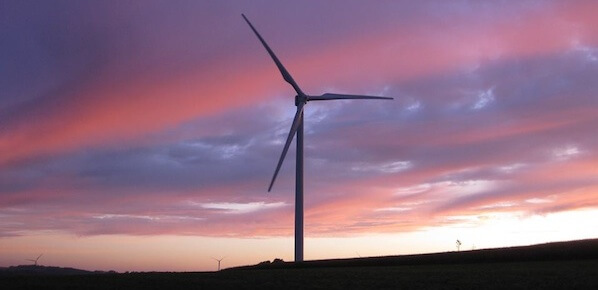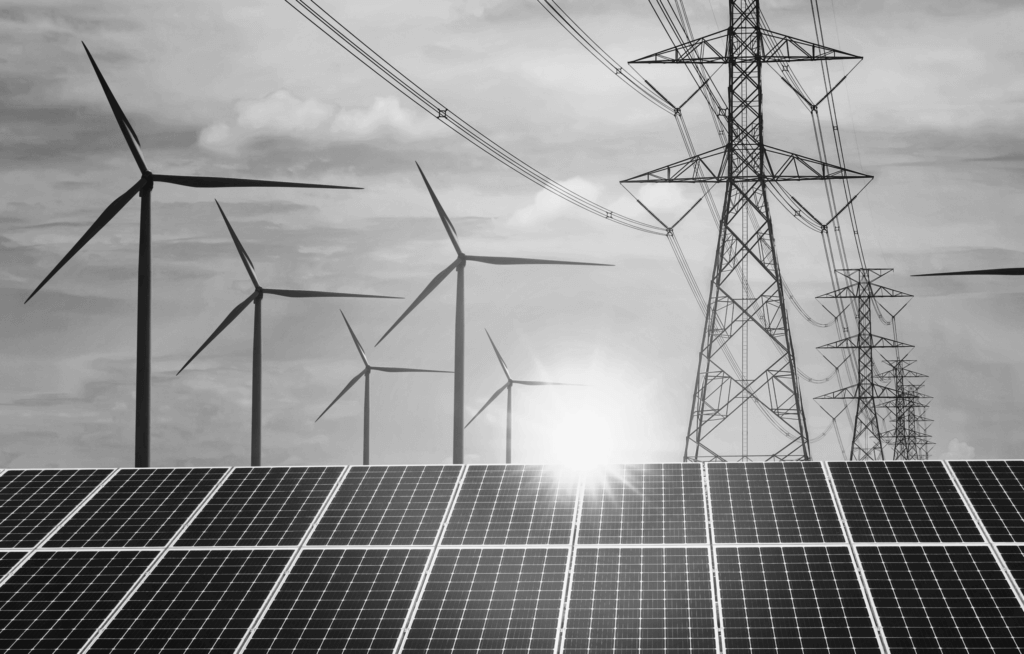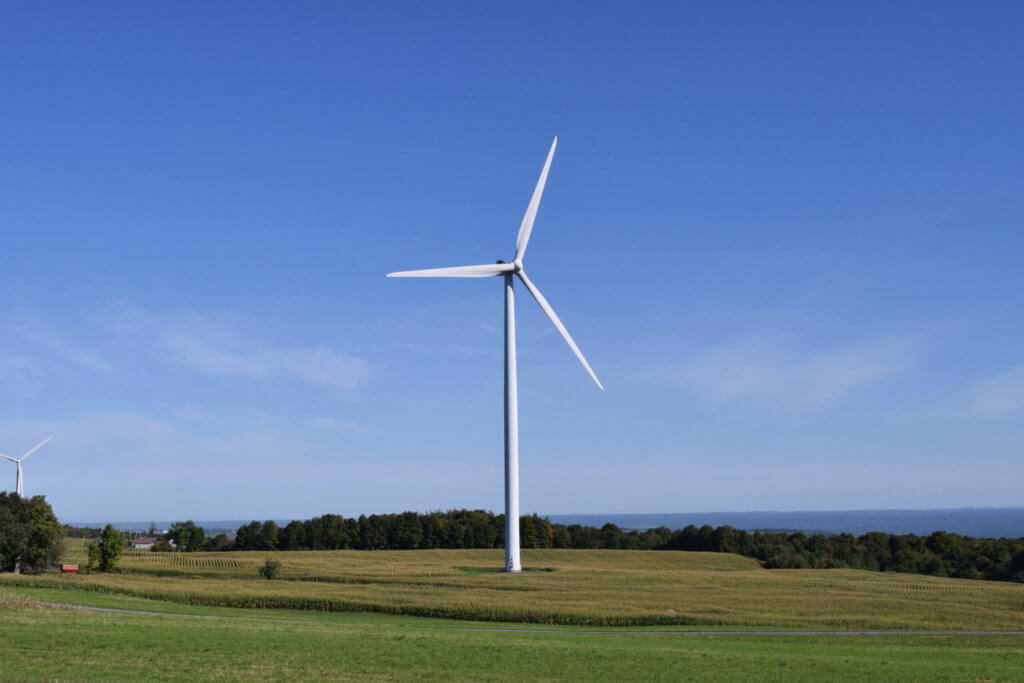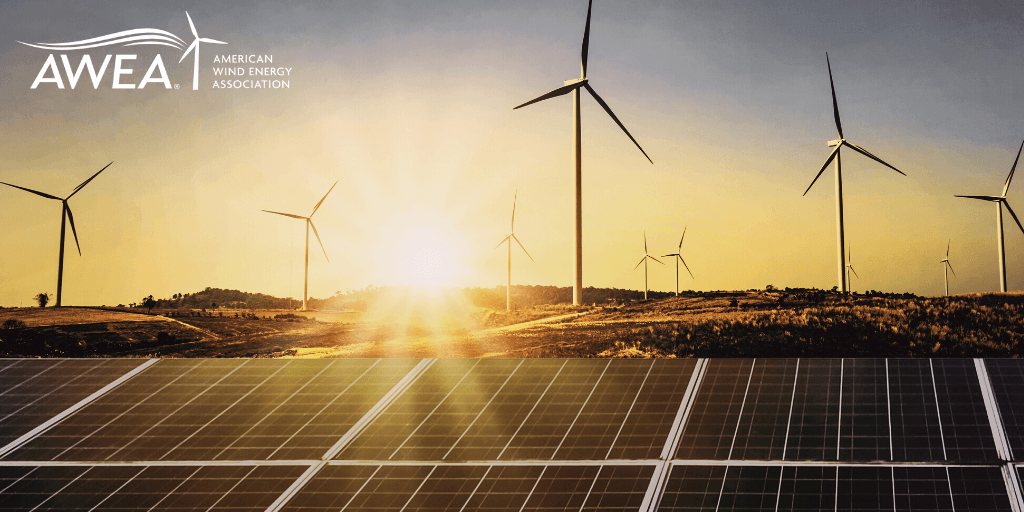AWEA: Bringing wind energy to the mainstream
Conversation with Steve Anderson, Managing Director, InfrastructureUSA
Interview originally published on the InfrastructureUSA INFRA BLOG.
 The American Wind Energy Association (AWEA) is the national trade association for the U.S. wind industry – the country’s fastest growing energy industry. With thousands of wind industry members and wind policy advocates, AWEA promotes wind energy as a clean source of electricity for American consumers. AWEA counts more than 1,200 organizations in its member program: wind project developers, wind turbine manufacturers, component suppliers, service providers, electric utilities, construction companies, engineering firms, consultants and financial advisors. Rob Gramlich has been with AWEA since 2005. He was interim CEO for several months, and continues to be one of the most valuable leaders at AWEA. Gramlich leads AWEA’s work in the areas of legislation, regulatory policy, state relations, and industry information, spending a lot of time communicating the great benefits wind energy is bringing to the nation through testimony and media interactions. Prior to joining AWEA in 2005, Gramlich was Economic Advisor to FERC Chairman Pat Wood III and Senior Economist with the mid-Atlantic grid operator, PJM Interconnection, LLC.
The American Wind Energy Association (AWEA) is the national trade association for the U.S. wind industry – the country’s fastest growing energy industry. With thousands of wind industry members and wind policy advocates, AWEA promotes wind energy as a clean source of electricity for American consumers. AWEA counts more than 1,200 organizations in its member program: wind project developers, wind turbine manufacturers, component suppliers, service providers, electric utilities, construction companies, engineering firms, consultants and financial advisors. Rob Gramlich has been with AWEA since 2005. He was interim CEO for several months, and continues to be one of the most valuable leaders at AWEA. Gramlich leads AWEA’s work in the areas of legislation, regulatory policy, state relations, and industry information, spending a lot of time communicating the great benefits wind energy is bringing to the nation through testimony and media interactions. Prior to joining AWEA in 2005, Gramlich was Economic Advisor to FERC Chairman Pat Wood III and Senior Economist with the mid-Atlantic grid operator, PJM Interconnection, LLC.________________________
The American Wind Energy Association is focused on growing the market for wind energy, which involves a lot of public policy and public education. We are trying to get support for wind energy as a resource in our electricity next, including incentives as well, as we work on a lot of issues that we view as barriers to growing wind energy in the country. For example, we have a fairly big electric transmission-line focus that we work on. Weʼve had very impressive growth. Itʼs gone from 4,000 megawatts to 60,000 megawatts just in the eight years Iʼve been in the industry. And weʼve had a number of years of being about 35% of all the new electricity generation being installed in the country. We were even number 1, the leading source, last year.

Challenges to wind energy: The myth and the reality
We look at it as there are some real barriers that we work on and some mythical barriers that people tend to focus on and talk about. The mythical barriers are pushed, sometimes, by proponents of other energy sources who donʼt want to see wind take out such a big market share. Of course weʼre saying we are part of a balanced portfolio; weʼre not saying weʼre everything, that all electricity should be supplied only by wind.
There are opponents now who spread some myths about it, but we do work on certain challenges in the industry. For example transmission, again, is a barrier, and transmission solves a lot of things. The obvious one being there are a lot of windy, remote places where we can put wind farms, but then you need to deliver the power to population centers: thatʼs one. But another one that people donʼt think about is that if we have a robust, region-wide transmission grid, if the wind stops blowing in one place itʼs most likely blowing somewhere else around that region and therefore across the region, and these are regional electricity markets that we have in the country. Across the region
wind itself is not variable, or people say intermittent. Itʼs not really like that if you spread it out with transmission across such a wide region.
Wind power in your back yard
There is some local opposition on occasion and, certainly, local communities need to think about what the benefits and impacts are of wind farms. Generally, we find that the public opinion and approval is much more strongly positive after a project is there than before, and that reflects typical nervousness about new things and we understand that.
But communities that have wind now can share their experiences with communities that are considering wind. So you know thatʼs one, it takes some communication and work, and also recognition on our industryʼs part that itʼs not appropriate to have a wind turbine in every location. Our developers very carefully consider whether each location is appropriate and work with the communities about whether they want to have it.
Apathy is easy, but weʼre getting better
One of the things that we often find is everybody wants infrastructure but nobody wants to pay for it, and itʼs so easy to free-ride on infrastructure. You can always depend on somebody else picking up the tab and, if youʼre not the squeaky wheel, kind of sit back and somebody else will take care of it. That may make sense for each individual, but in the aggregate for society, thatʼs how we get neglected infrastructure. We see that, for example, on the transmission grid, so you know we have been working hard to correct that. We have made some progress though; it used to be that the country spent about 4 billion dollars a year on the transmission grid and in the last few years thatʼs been up to
more than double that in the 8 to 10 billion dollars-a-year range.
If you want more wind, build more transmission!, September 30, 2013
Wind development gets huge boost with cost allocation decision, June 25, 2013
Buffalo Dunes Wind Project: A lesson in export, affordability, and transmission, April 23, 2013
Despite flaws, DOE collaborative report shows more wind and transmission saves ratepayers money, January 23, 2013




